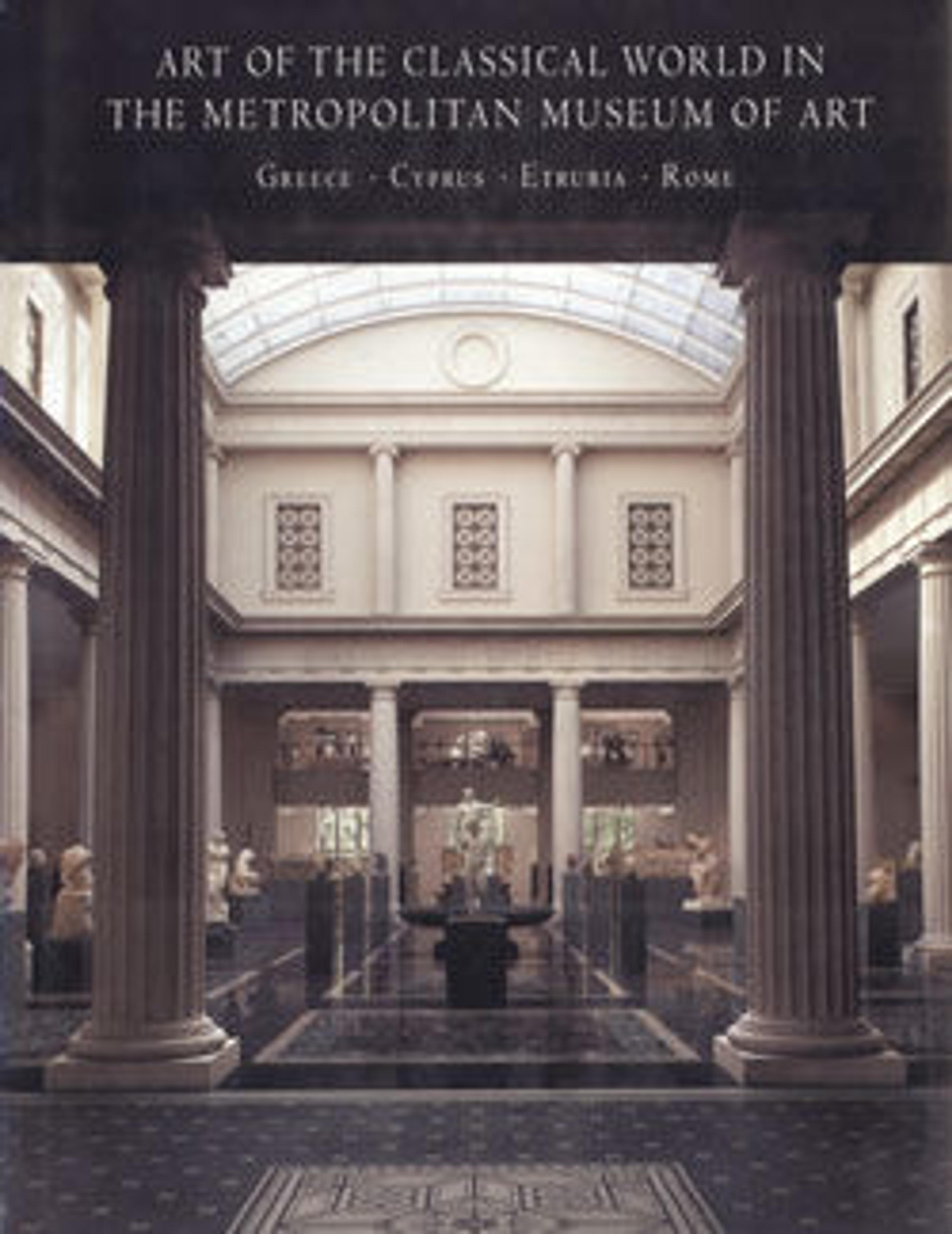Terracotta kylix (drinking cup)
Obverse and reverse, birth of Athena from the head of Zeus
Athena, the patron goddess of Athens, had the distinction of being born fully formed and fully armed from the head of Zeus, the chief of the gods. Much favored during the first half of the sixth century B.C., scenes of this event include numerous figures and allow for various responses to the unusual circumstances. Here the birth has occurred, and Athena is about to sally forth from her father's lap.
Athena, the patron goddess of Athens, had the distinction of being born fully formed and fully armed from the head of Zeus, the chief of the gods. Much favored during the first half of the sixth century B.C., scenes of this event include numerous figures and allow for various responses to the unusual circumstances. Here the birth has occurred, and Athena is about to sally forth from her father's lap.
Artwork Details
- Title:Terracotta kylix (drinking cup)
- Artist:Attributed to the Painter of the Nicosia Olpe
- Period:Archaic
- Date:ca. 550 BCE
- Culture:Greek, Attic
- Medium:Terracotta; black-figure
- Dimensions:H. 4 1/2 in. (11.4 cm)
diameter 8 in. (20.3 cm) - Classification:Vases
- Credit Line:Rogers Fund, 1906
- Object Number:06.1097
- Curatorial Department: Greek and Roman Art
More Artwork
Research Resources
The Met provides unparalleled resources for research and welcomes an international community of students and scholars. The Met's Open Access API is where creators and researchers can connect to the The Met collection. Open Access data and public domain images are available for unrestricted commercial and noncommercial use without permission or fee.
To request images under copyright and other restrictions, please use this Image Request form.
Feedback
We continue to research and examine historical and cultural context for objects in The Met collection. If you have comments or questions about this object record, please contact us using the form below. The Museum looks forward to receiving your comments.
